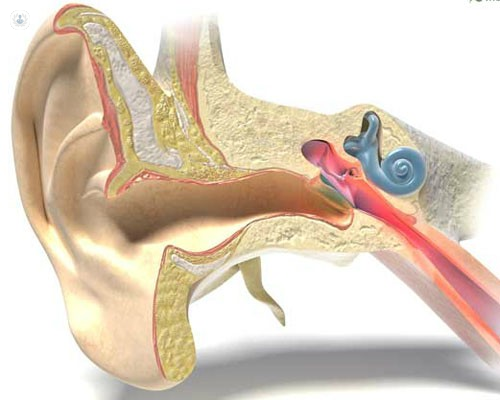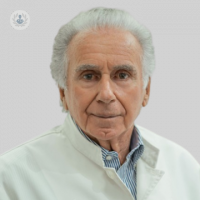Deafness and otosclerosis surgery the vertigo
Written by: Although there are many types of vertigo, the most common are those caused by hearing and, in particular, Ménière's disease. Symptoms are crises of rotating vertigo, sometimes with nausea or vomiting. Also tinnitus (ear sounds) and hearing loss that is usually fluctuating. The crises can be very violent and totally invalidating for the patient.
Although there are many types of vertigo, the most common are those caused by hearing and, in particular, Ménière's disease. Symptoms are crises of rotating vertigo, sometimes with nausea or vomiting. Also tinnitus (ear sounds) and hearing loss that is usually fluctuating. The crises can be very violent and totally invalidating for the patient.
The first treatment should be medical, indicated by the specialist, but there are many patients who do not get enough improvement so you have to opt for other therapeutic actions such as surgery.
The injection of medications such as gentamicin or cortisone in the ear can improve symptoms in some cases, but it is difficult to achieve a complete elimination of dizziness, as well as the intervention called "decompression of the endolymphatic sac ".. But there are two types of surgery with which the elimination of vertigo is achieved.
The first is " vestibular neurectomy " and is based on the section of the vestibular nerve. Its effectiveness is 99% although there is a small risk of hearing loss. It is performed in healthy people who do not exceed 60-65 years of age, with affected hearing but still useful.
On the other hand, people of any age with invalidating vertigo and significant deafness can opt for the destruction of the labyrinth ( laberynectomy ), although this involves hearing loss in the diseased ear.
After a period of postoperative instability (not vertigo), the patient recovers free of vertiginous crises.
There are thousands of patients who have eliminated their dizziness thanks to surgery.
Deafness due to otosclerosis
There are many types of deafness but one of the most frequent is that produced by otosclerosis, which causes progressive deafness .
It consists of an ossification of the stirrup, the smallest ossicle of the stirrup. It has more incidence in adulthood and is more frequent in women, accentuating with pregnancy.
The evolution is always towards worsening hearing and there are no medical treatments that are effective except surgery.
Generally, deafness is accompanied by tinnitus (ear noises) and sometimes instability that is usually light.
The hearing loss can be corrected with a hearing aid, but the progression of the disease will make it necessary to change it as the hearing gets worse.
The ideal solution for deafness due to otosclerosis is surgery that in expert hands has an effectiveness close to 99%.
The operation is performed by microsurgery with the help of the laser. It can be done with local anesthesia and usually lasts about 15-20 minutes.
The technique is called stapedectomy / stapedotomy, ie the total or partial removal of the stapes and replacement by a prosthesis (there are several types and materials) usually with a graft, which replaces the anatomy and functionality of the hearing.
Although it is a delicate intervention, it is at the same time very little traumatic for the patient, since it can be discharged a few hours after the operation or with only one night of hospitalization according to the technique used.
The García-Ibáñez Institute has one of the greatest experiences in Europe in this surgery.


